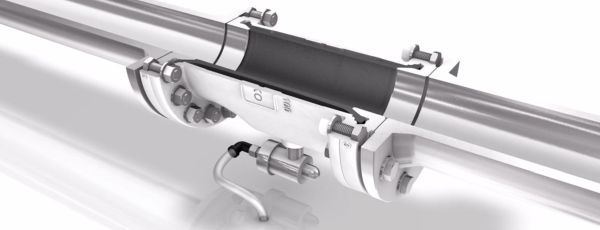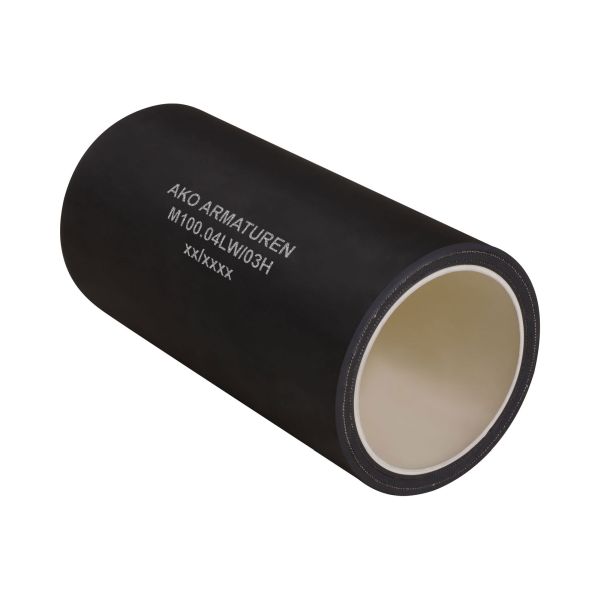Pinch Valve Flow Characteristics
The Pinch Valve flow characteristics are inherent to the design of the valve. For instance, as the valve is opened, the flow characteristic allows a certain amount of media flow through the valve bore at a particular time. This is especially important for the choke/throttle control of the pinch valve because it controls the flow of media in a predictable manner. A proportional pressure regulator can be fitted to a pinch valve to partially close the rubber liner inside the valve, to control the amount of flow from the media passing through.

In the above image, the Pinch Valve rubber liner is partially closed, allowing a smaller amount of product flow to pass through the passage. The proportional pressure regulator allows the user to set the opening of the pinch valve to different requirements, by using a supply of voltage.
The Pinch Valve is particularly suited for applications involving slurries or liquids with large amount of suspended solids. It seals by means of a flexible rubber hose that is pinched to shut off the flow. The pinch valve actuator can either be:
- Manually operated using a handwheel
- Pneumatically operated pincers
- Pneumatically operated with air
The video below shows how the pinch valve flow characteristics work, with a manual pinch valve:
Pinch Valve Flow Characteristics – Advantages
There are many Pinch Valve flow characteristics that are huge benefits, in comparison to other types of valves with metal parts that will be expensive to replace. Some of the benefits are detailed below:
- Non clogging, blocking, dead spots, rat-holing and no bridging
- 100% fully open, straight through bore for all sizes
- 100% tight shutoff when closed
- Lightening fast opening/closing times
- Can be used for both for both shut-off and throttling services
- Rubber liner is the only wetted/replaceable part
- Self cleaning
The Pinch Valve is CIP capable (clean-in-place), and also SIP capable (sterilize-in-place). This makes them bacteria tight and hygienic.










